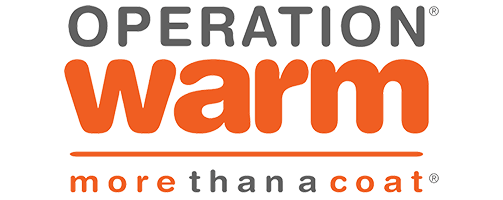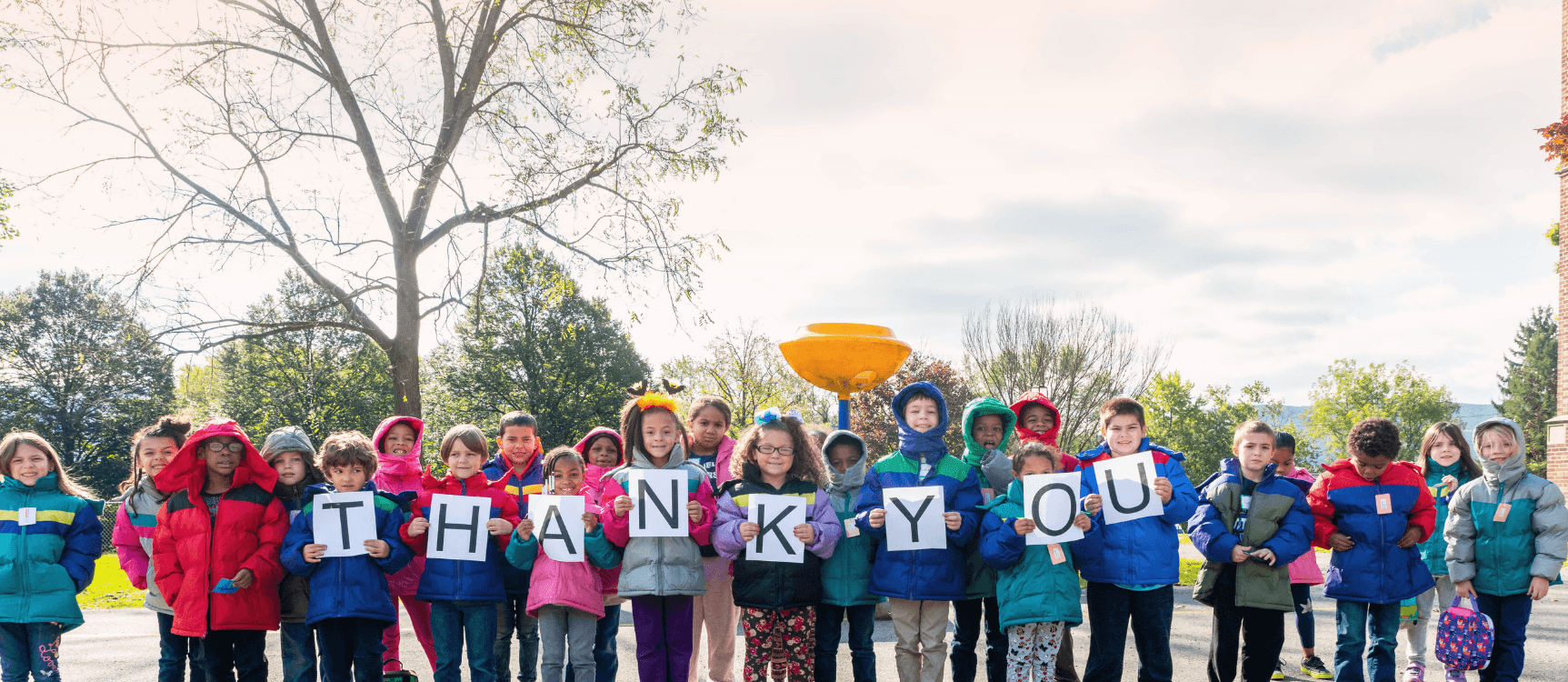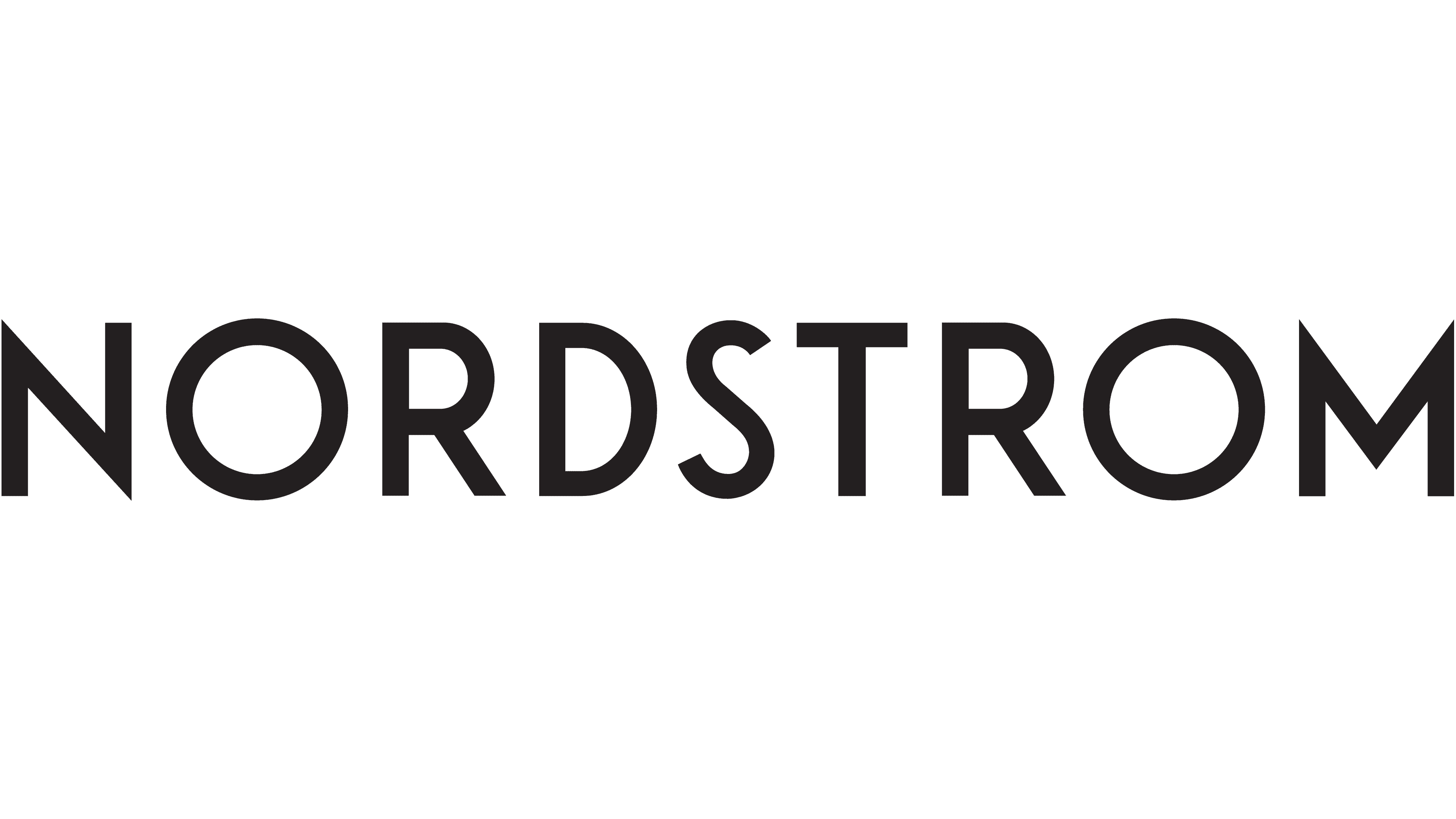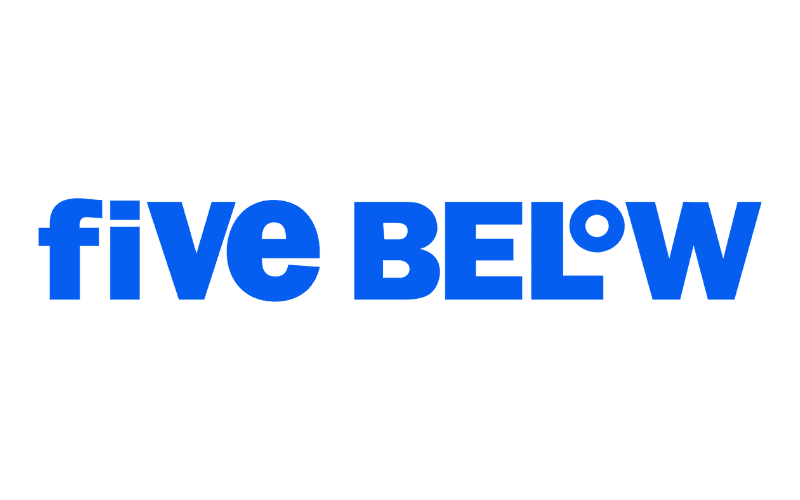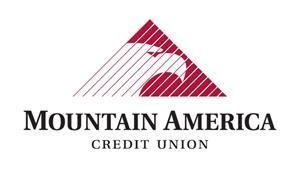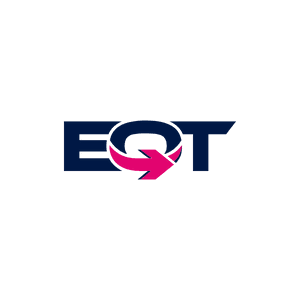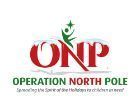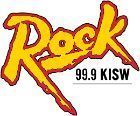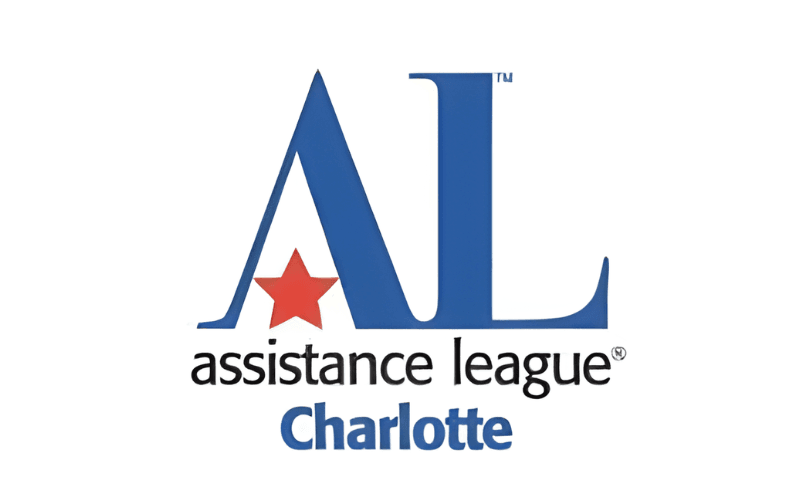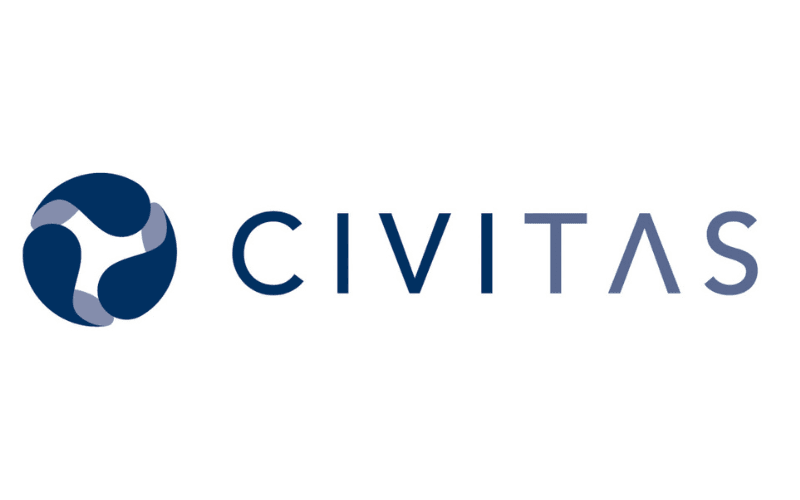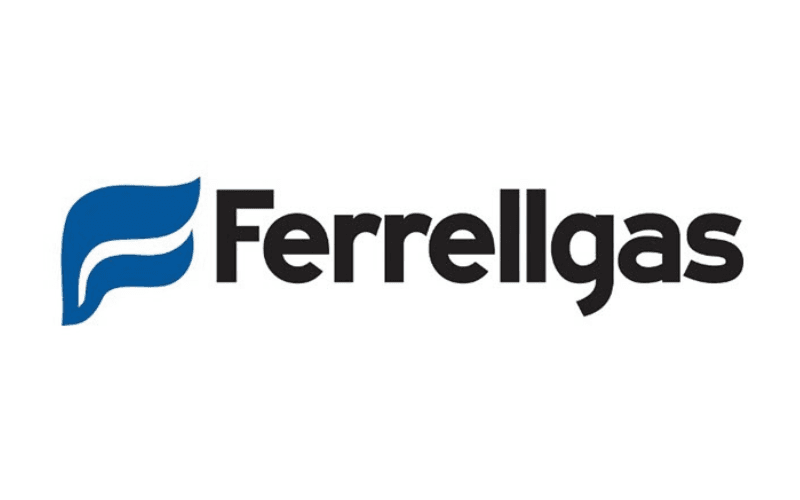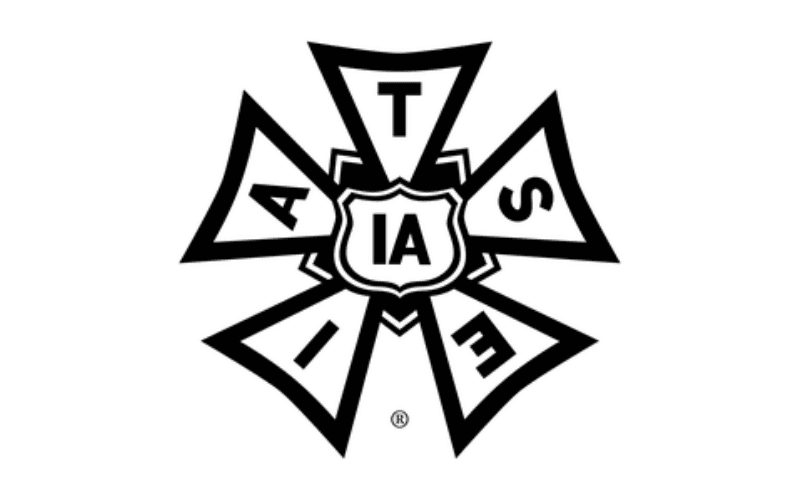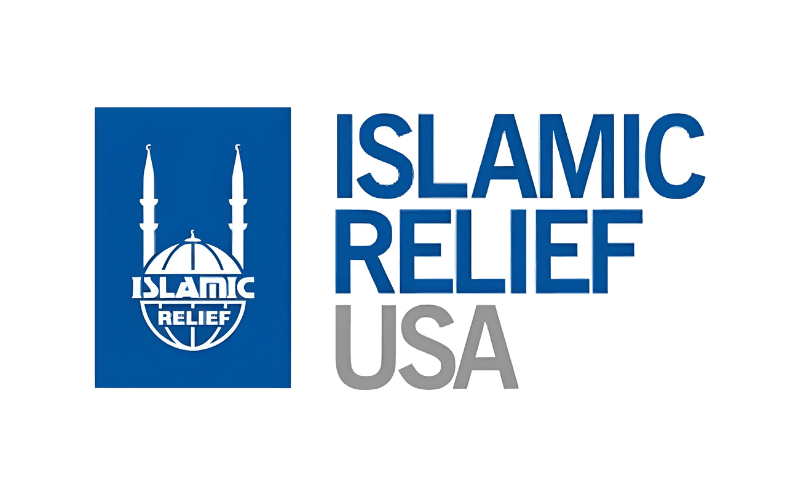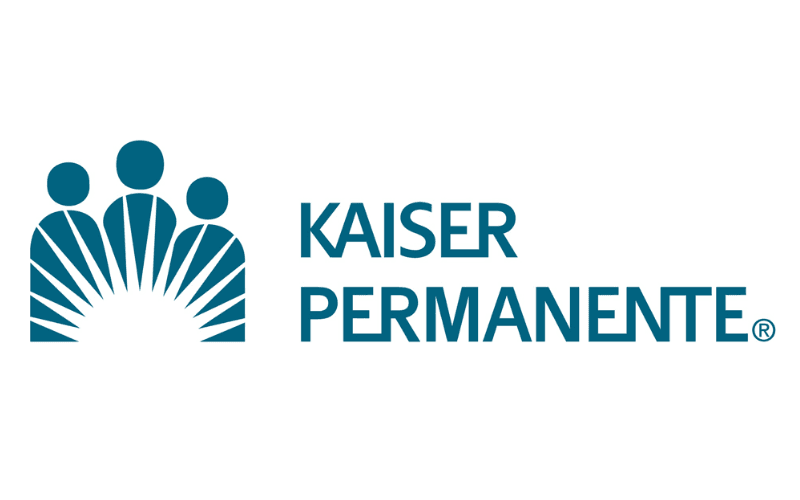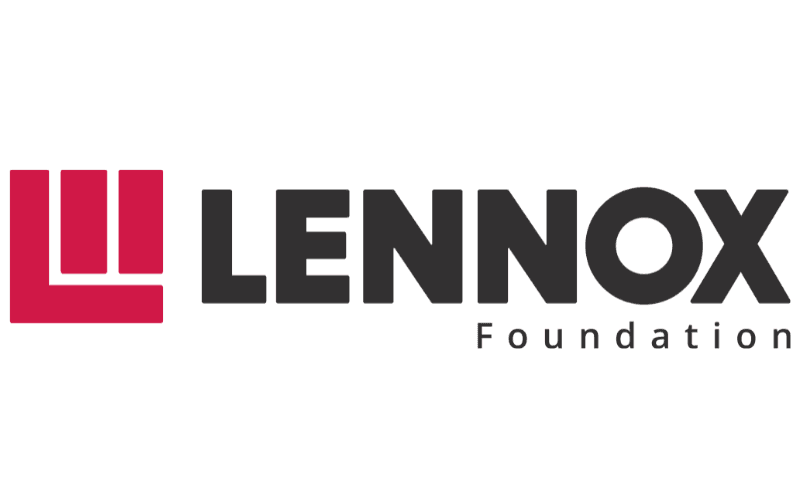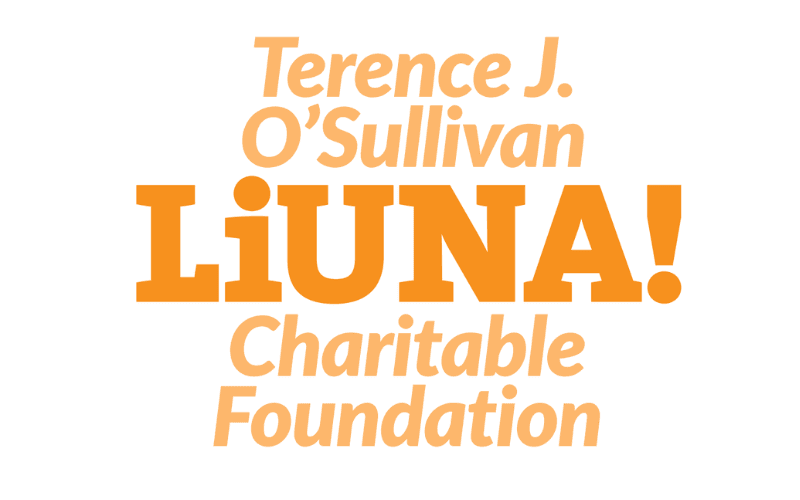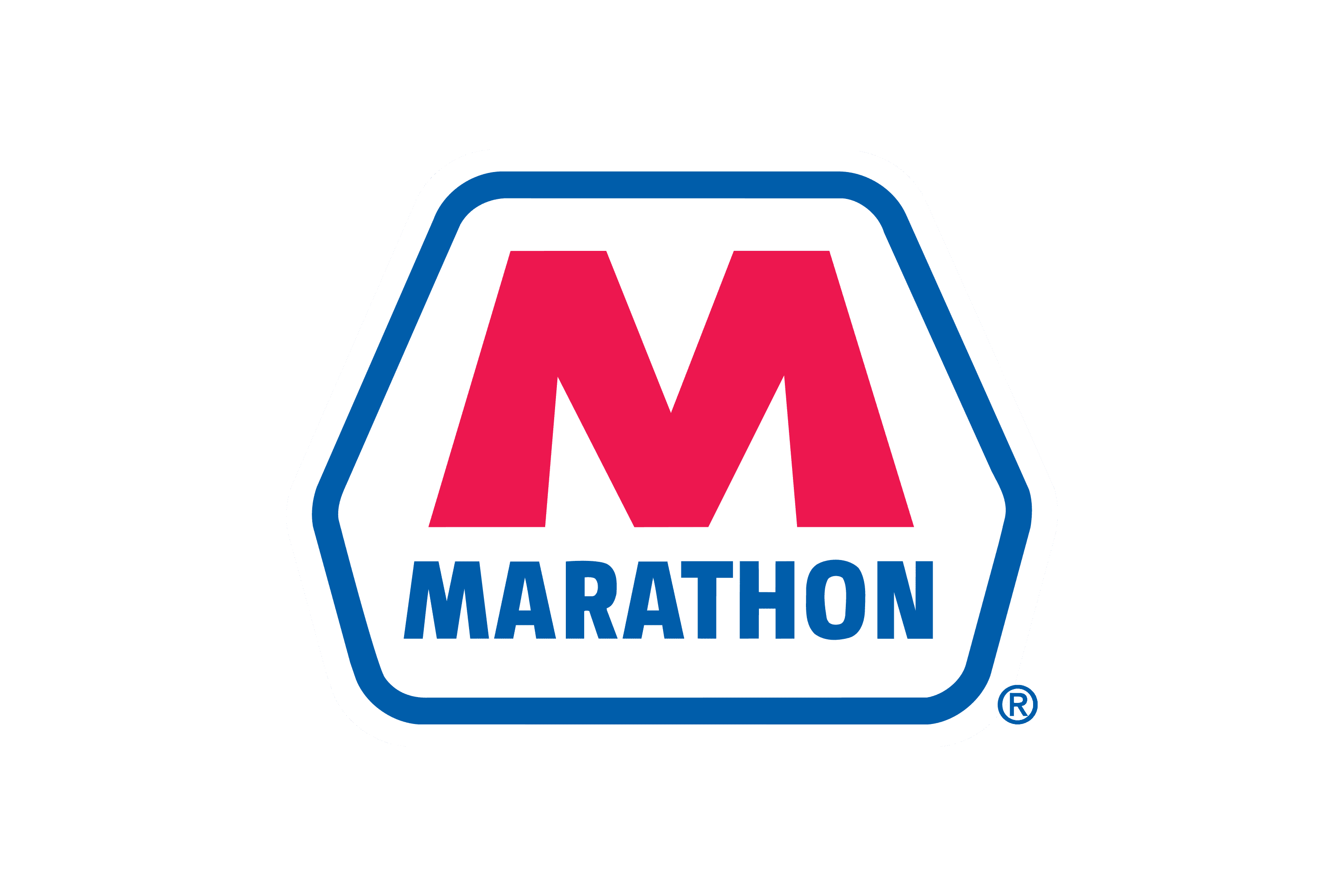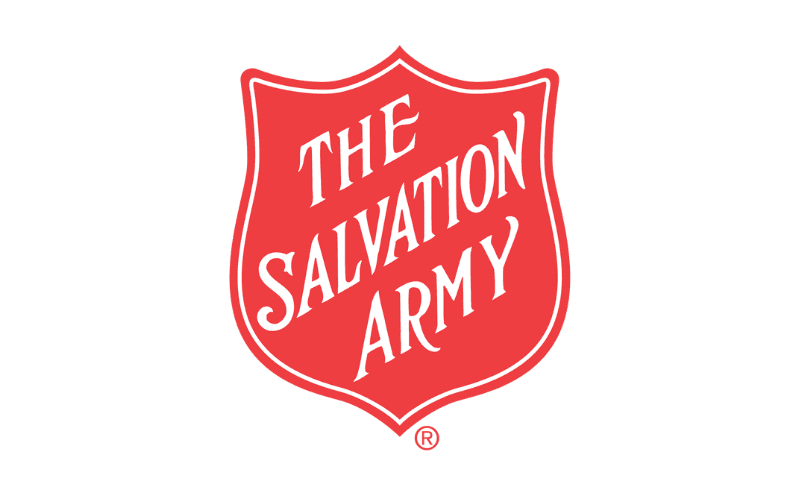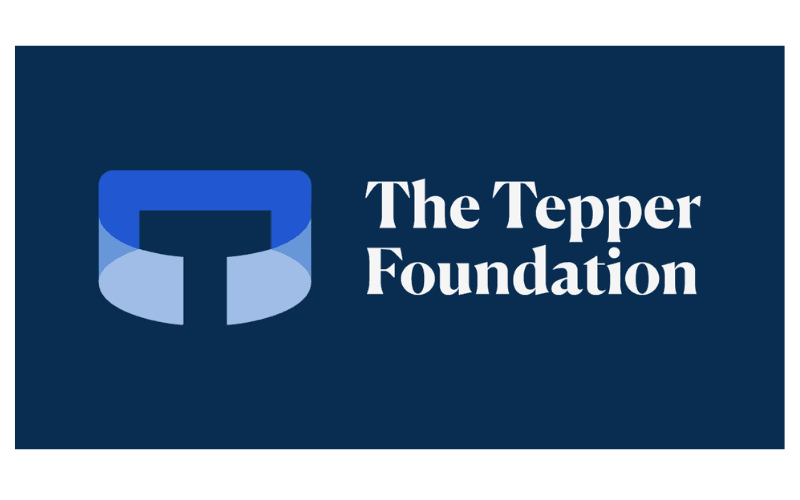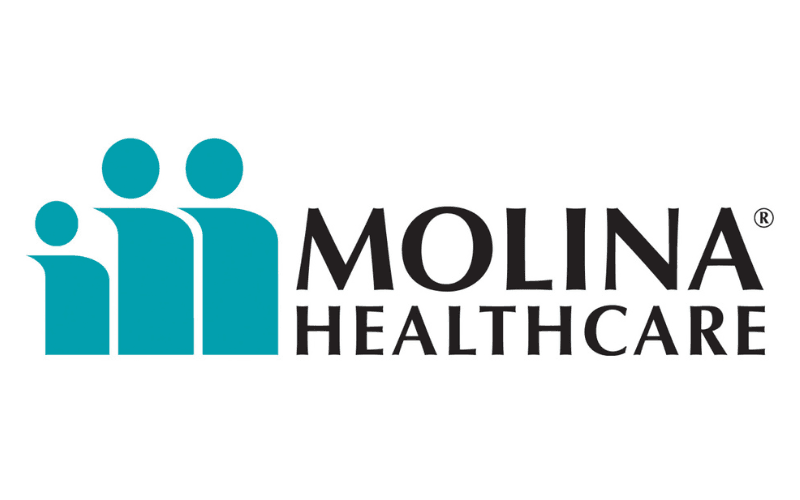Childhood poverty is a widespread issue in the United States with one in five children living in need. Poverty has both immediate and lasting consequences that can follow a child into adulthood. Here are just ten ways poverty can impact the health and education of a child.
Health
There are identifiable side-effects of poverty such as hunger, but there are also long-term side-effects that can go unnoticed and follow a child into adulthood.
1. Brain Development: Conditions that correspond with poverty (noise, substandard housing, family turmoil, etc.) can be toxic to a developing brain.
2. Self Confidence: A healthy self-esteem is crucial to a child’s health. Without strong levels of confidence, children may be susceptible to various other health problems or unhealthy habits. And since self-esteem tends to form in childhood and continue through adulthood, it’s even more important to help kids feel good about themselves.
3. Heart Disease: Studies have shown that growing up in poverty (less access to healthy meals, lack of proper attire, and insufficient health coverage) might put children at risk for heart disease in adulthood.
4. “Learned Helplessness”: Children feel as if they have no power to control their circumstances. This is a behavioral pattern that can be a result of prolonged poverty.
5. Toxic Stress: Toxic stress is the prolonged activation of stress response systems in the body/brain. This can occur when a child experiences strong, frequent, and/or prolonged adversity—such as emotional abuse or the accumulated burdens of family economic hardship—without adequate adult support.
Education
Poverty can also impact a child’s ability to succeed in school. Here are two shocking statistics from a study by the Urban Institute:
- Children who are poor from birth to age 2 are 30 percent less likely to complete high school than children who are poor for the first time later in their life.
- Nearly 30 percent of poor children do not complete high school, which limits future economic success and potential employability, leading to poverty as an adult.
6. School Preparation: Students living above the poverty line are entering kindergarten more prepared than those below it. Higher income families are able to put more money towards their children’s cognitive development than those living in poverty. Parents with low incomes, on average, have less time to read to their children, no-funds for pre-school, and less stable home environments. The difference in preparation tends to persist through elementary and high school.
7. School Attendance: Chronic absenteeism (missing more than 10 percent of school a year) occurs at rates three to four times higher in high-poverty areas. An overwhelming majority of chronically absent kids are impoverished, dealing with such daily stresses as caring for siblings, high rates of disease, violence in the community, and frequent familial moves to find employment.
8. Educational Attainment: Early childhood poverty is related to lower educational achievement.
9. Bullying: A study by the American Journal of Public Health found that kids and teens from poor families are more likely to be bullied than others and also concluded that schools with the largest economic inequality (or a big difference between how wealthy some families are and how poor other families are) had the highest rates of bullying.
10. School Behavior: Strong, secure relationships help stabilize children's behavior and provide the core guidance needed to build lifelong social skills. Children who grow up with such relationships learn healthy, appropriate emotional responses to everyday situations. But children raised in poor households often fail to learn these responses, to the detriment of their school performance.
Receive stories of warmth, confidence and hope and learn how you can help children in need. Join the Operation Warm monthly newsletter!
